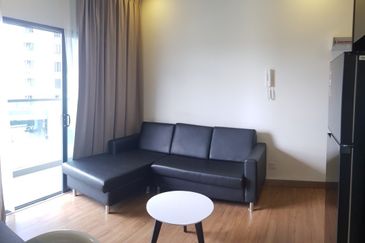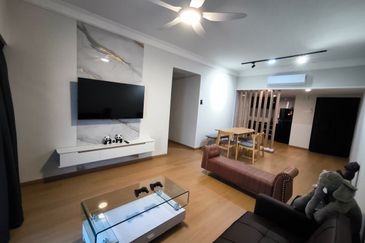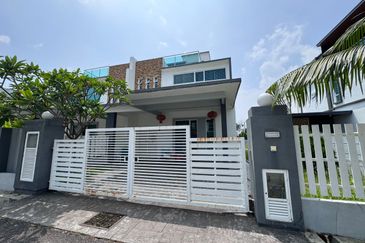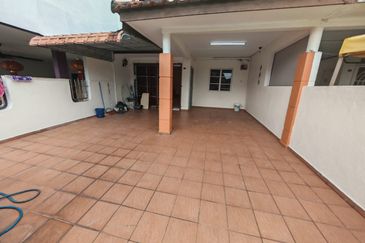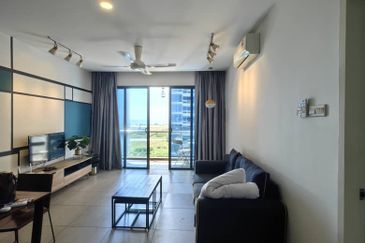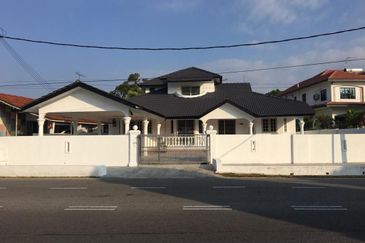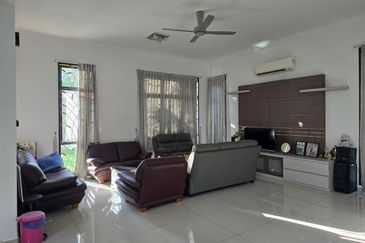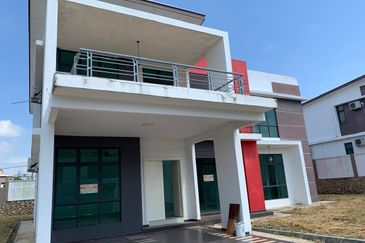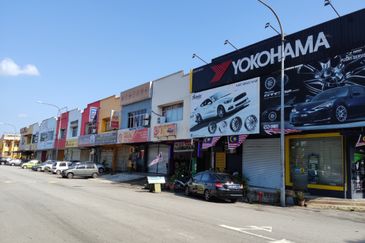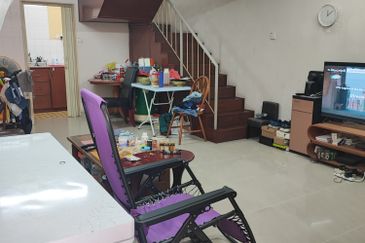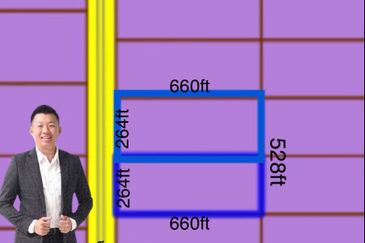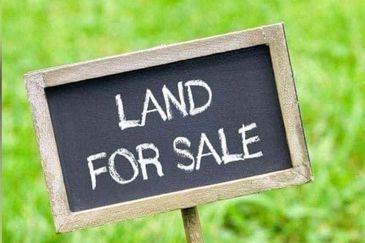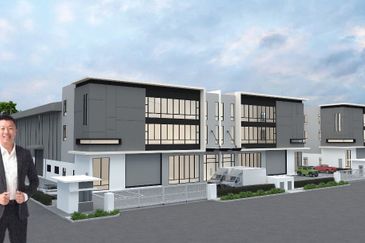KUALA LUMPUR (March 30): When the Goods and Services Tax (GST) comes into force on April 1, the property market will be split into taxable and non-taxable properties. Commercial and industrial properties are standard-rated under GST and incur a tax of 6%, while the sale of residential properties and supply of land for agricultural purposes, burial grounds, playgrounds and religious buildings are tax-exempt.
Units known as small office/home office (SoHo), small office/virtual office (SoVo) or small office/flexible office (SoFo) are considered commercial properties and are taxable. If the buyer of a commercial or industrial property has registered as a taxable person, he can claim an input tax credit on his acquisition.
A developer of both residential and commercial properties is called a “mixed supplier” and the GST treatment on its business is a tricky process with the use of different tax codes and apportionment ratios. The difficulty lies in separating a tax-exempt property from its peripheral taxable supplies. For example, the sale of a parking bay or club membership as part of the sale of a residential property is taxable supply even though sale of the home itself is tax-exempt.
Fixture and fittings in a residential property, such as kitchen cabinets, air-conditioners, wardrobes and curtains are taxable. Any amount spent on renovating the property is also a taxable, as construction services — whether they are for residential or commercial properties — are standard-rated.
Charges and fees imposed by the government, such as quit rent, premiums, survey fees, registration of titles and assessment rates charged by local authorities, are not taxed as they come under the category of “out of scope”.
To be GST-compliant, property developers have to be very careful with the identification and separation of taxable and non-taxable supplies. Another layer of complexity is added when there are expenses that relate to both residential and commercial properties, such as utility charges or professional fees. The input tax (GST paid by the developer for raw materials or services) paid for such expenses is known as residual input tax. A property developer can only claim a portion of the residual input tax that can be attributed to taxable supply.
“The industries that face the most complications in becoming GST-compliant are those that have to deal with both taxable and tax-exempt supply,” says Jack Wong, senior GST adviser at accounting firm Cheng & Co.
“These include property development, healthcare and private education. These companies have different tax treatments to understand and have to derive a cost apportionment formula to apportion the claimable input tax. Then, they have to ensure that their computations are correct.”
The Royal Malaysian Customs Department has provided a formula for apportioning the residual input tax incurred by a property developer. This is known as the standard method of apportionment and is based on the turnover method, whereby the percentage of recoverable input tax is calculated by dividing the value of a taxable supply with the total value of all supplies made in a taxable period.
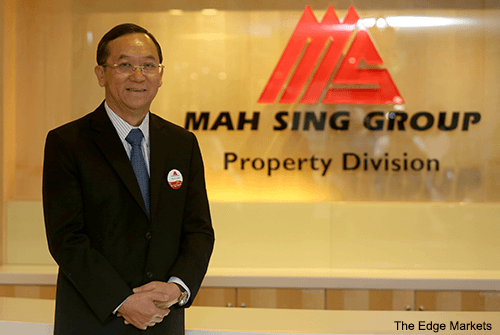
A property developer can be sued for using other methods of apportioning input tax, such as by using floor space, man hours or output qualities, unless it gets prior approval from the director-general of the Customs Department.
“We work closely with the Customs Department through the Real Estate and Housing Developers’ Association (Rehda) and have been receiving updates on what is standard-rated and what is tax-exempt. Different tax treatment for certain items is still pending further information from the Customs Department,” says Tan Sri Leong Hoy Kum, managing director and group CEO of Mah Sing Group Bhd.
“To assist property developers in complying with this new tax regime, Rehda is still seeking clarification on the correct tax treatment for these items.”
Getting ready
To be GST-ready, property developers had to go the extra mile with new business processes, computer systems, tax advisers, corporate-wide training and additional employees.
“It was certainly a learning experience for all of us. We had to understand what it was all about, then source for the right advisers to support our process of becoming GST-compliant,” says Lina Othman, head of communications and corporate affairs at Selangor Dredging Bhd.
“About RM800,000 was spent on the process. This includes software, hardware, additional staff and consultancy fees. We started getting ready early last year by engaging a tax consultant to advise us.
“The biggest investment was the GST-compliant software, as a system can make things easier and we don’t have to rely on manual inputs from our employees. We are confident the software will make things more efficient and reduce inaccuracies [when GST is enforced].”
The other property developers had a similar experience. “Mah Sing Group initiated numerous internal initiatives to prepare for GST. All the necessary investments were made for us to be compliant. This includes the relevant software, hardware, additional manpower and training sessions for employees. We also conducted GST briefings for our contractors and suppliers,” says Leong.
The involvement of senior management was crucial to becoming GST-ready, he adds. “This was very important, especially in the initial stages, as they could draw on their extensive industry experience to decide on the changes to existing policies quickly.
“The journey towards becoming GST-compliant encompassed a lot of changes to our business processes and operations, especially financial management activities. But having said that, the implementation of GST is not a complicated process. It is more a process of systematic adaptation.”
Employees were taught the workings and structure of the new tax regime and trained how to use the GST-compliant software. Across all industries, employees were seen as the most important factor in becoming GST-compliant.
“The biggest challenge was to understand what the tax is all about, how it affects us and our customers.
So, we engaged a tax consultant who would advise us and also seek any clarification and updates from the authorities on our behalf,” says Lina.
“Those involved directly with GST were the first to be given training on the new tax regime and software. Then, all employees received training and updates on the relevant GST guidelines.”
Mah Sing Group used an internal GST project team to train other employees. “We started preparing for GST immediately after the Budget 2014 announcement, and we are pleased to say that we are ready for this tax regime on all levels,” says Leong.
“New GST-compliant processes were implemented by a large number of employees that received training. They were responsible for designing the business process changes and introducing them throughout the company.
“Their knowledge on GST was disseminated to other employees through briefings and internal training sessions. We also set up an intranet portal for continuous education on GST and to provide a point of reference for materials and relevant information.”
To minimise mistakes, a review process was also implemented at Mah Sing Group. Standard-rated and tax-exempt items will be reviewed by the finance department, senior management and appointed tax consultants when GST comes into force.
Like other industries, the tax position on certain items is still uncertain. These grey areas should be clarified once GST is implemented and more information is provided by the Customs Department.
“There will be some issues and uncertainty. We expect some teething problems as employees get used to the new processes and different tax treatments. It is good that the tax authorities have given a transitional period for everyone to get used to the system,” says Lina.
“There are still a few GST-compliance issues. For example, will banks finance the GST charge of 6% on commercial properties?”
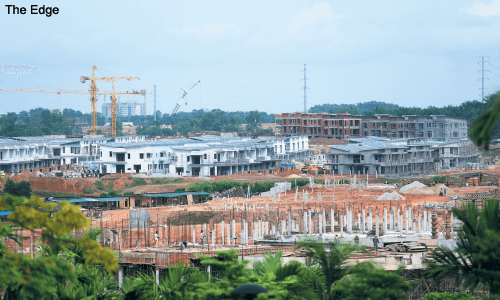 Inflationary pressures
Inflationary pressures
As all building materials and services will be subject to GST, the production cost for developers will increase. Under the current sales and service tax regime, basic building materials such as bricks and cement are not subject to sales tax.
Since residential properties are tax-exempt but raw materials and supplies are standard-rated, developers should, theoretically, pay for the tax cost. The Anti-Profiteering Act 2011 makes it an offence for businesses to increase their net profit margins between April 1, 2015 and June 30, 2016. Nevertheless, rising expenses are reflected in the higher cost of goods sold, so businesses can still raise their prices and maintain margins.
“Buyers are prepared for property prices to increase on the back of higher raw material and service costs. But no one is really sure what the impact will be,” says Lina.
“The new tax definitely impacts the commercial property market, but we will have to wait and see exactly how big this impact will be. The property market will probably be soft this year and next as the public will be more selective on what they spend on.”
As for residential properties, Rehda anticipates a slight increase of 2.6% in home prices when GST is implemented, says Leong. “But I believe demand is still strong from property buyers looking to invest for long-term rental income or purchasing for their own use,” he adds.
“This is our target market and our mid-range mass market properties, such as Savanna Executive Suites in Southville City@KL South, M Residences 1 & 2 in Rawang and apartments in D’Sara Sentral, continue to see strong sales. Furthermore, there is still a large supply-demand gap as property supply has slowed since 2003.
“Strong fundamentals, such as the rising middle income group, urbanisation, attractive mortgage rates and stable employment that are driving the property market, have not changed. So demand for the right properties in hot spots should continue to outpace supply in the near and medium term.”
This article first appeared in The Edge Financial Daily’s special report on the GST, on March 30, 2015.
TOP PICKS BY EDGEPROP
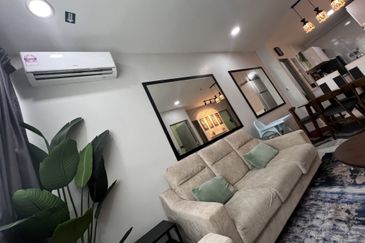
METROCITY SQUARE SOHO APARTMENT
Sarawak, Sarawak
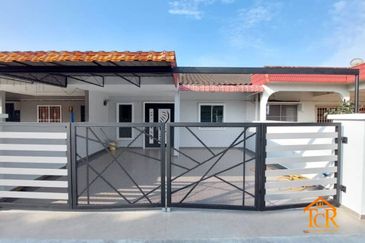
Taman Tepi Sungai ( Taman Teluk Pulai Indah )
Klang, Selangor
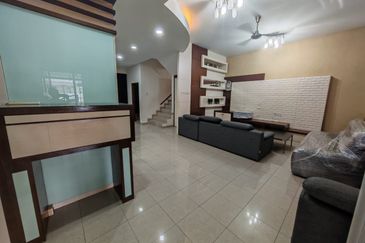
TAMAN PERTAM JAYA (MKM SEMABOK)
Melaka Tengah, Melaka

Telok Panglima Garang Industrial Zone
Telok Panglima Garang, Selangor
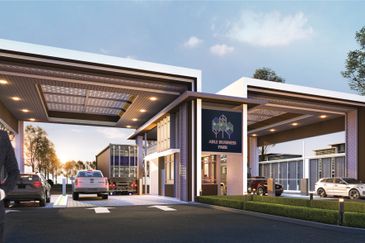
Telok Panglima Garang Industrial Zone
Telok Panglima Garang, Selangor



